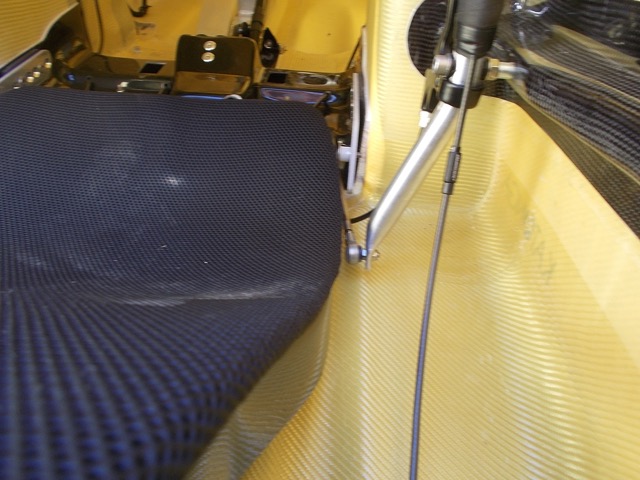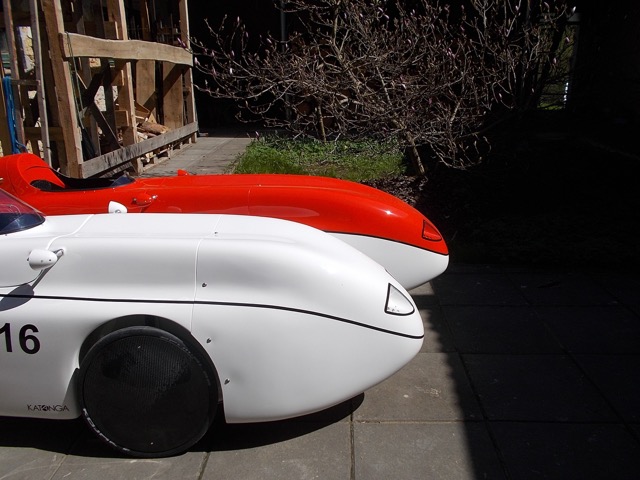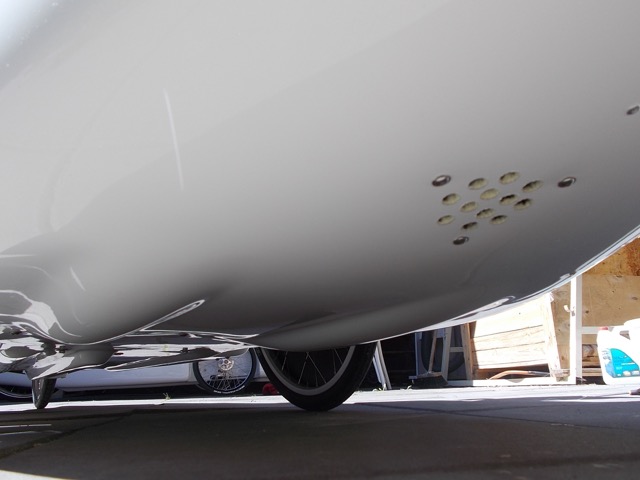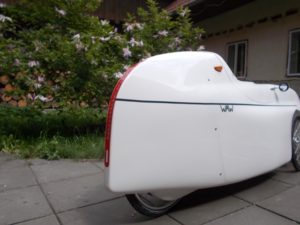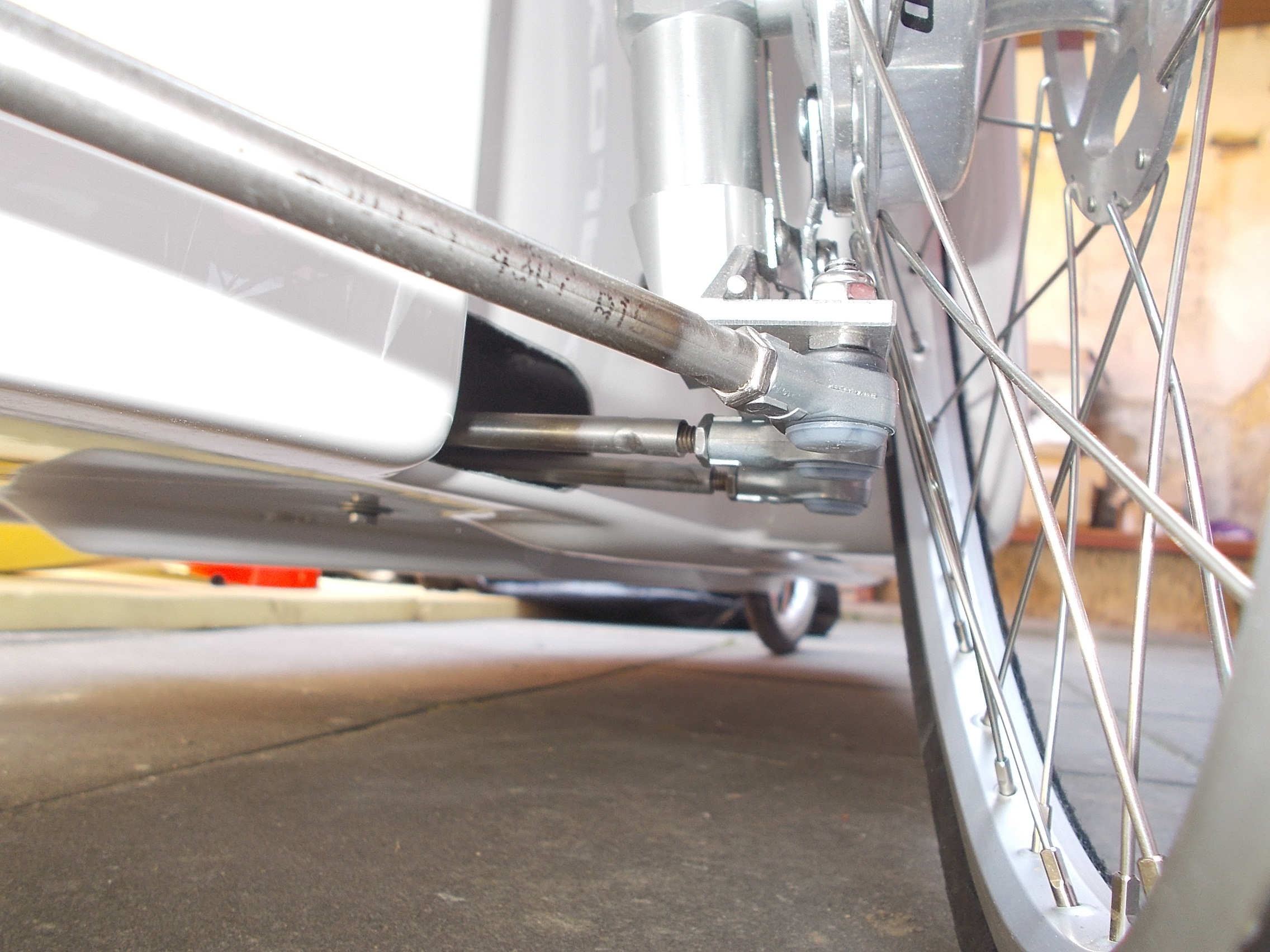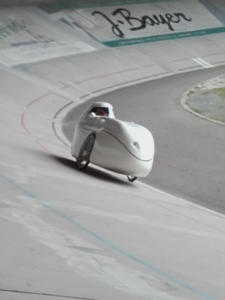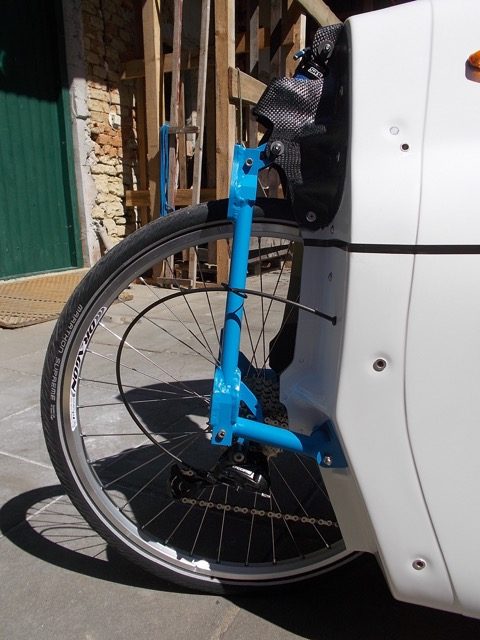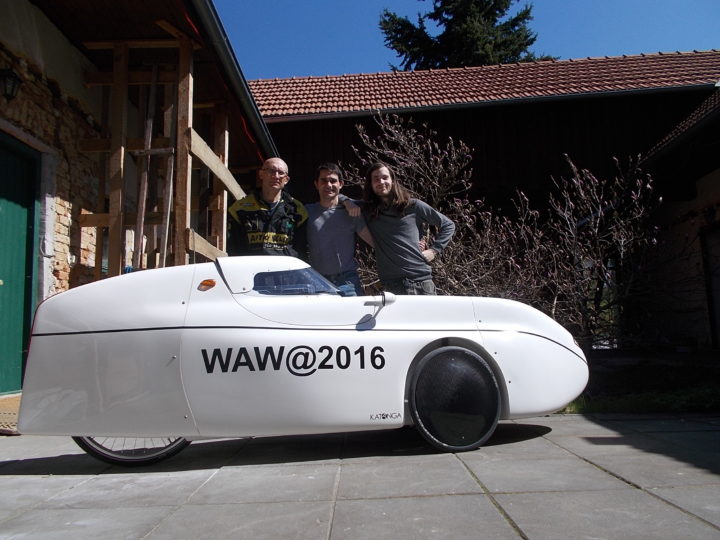
WAW@2016
Two years ago the WAW@2014 was introduced and received countless positive feed back. Last year we started to prepare the follow-up and we are happy to present to you the WAW@2016.
Several changes in WAW@2016 are less visible but have definitely a positive impact on comfort, flexibility or performances. Most of them were already implemented in silence during past weeks. This news letter will point them out. The optional new nose and tail fairings and the rear suspension are more sensational changes and will not pass unnoticed.
But to start, what did not change? Features that make the WAW special, specific and appreciated by many users were conserved and even developed further. This concerns the easy access to parts, the flexibility in mounting any transmission or e-assist, the variability in choices in fairings for nose and tail, the sportive character in combination with comfortable solutions for every day use, stability at high speeds and in curves, the look. The central body part was only modified on limited places and outside dimensions do almost not change. Moreover, all parts of WAW@2014 can be used on WAW@2016 and vice versa.
Some changes increase the fitting comfort for a broader public. The reinforcements glued on both sides inside the cockpit are now 1 cm smaller each and leave more space for persons with broad arms. The standard seat can sink 1 cm lower into the floor without cutting of the edges, it increases space for long upper legs. The space in between the front wheel wells is 2 cm broader which allows comfortable use of cranks or mid-drive engines with bigger Q-factor, like the popular Bafang mid-drive engine.
Other changes increase the degree of customization of the WAW. Two new nose fairings with integrated head lights covered by thermoformed polyester sheets procure better visibility and give the WAW a new face. One has the standard size and is suitable for all size of drivers, one has a more compact size for drivers till 1.80m(small is cute ). Next to the existing round and straight tail comes a third tail specially created to receive more space for a suspended rear wheel and rear derailleur, with nicely integrated rear lights. Look to our overview of the fairing choices.
Compact nose fairing vs standart nose Compact nose fairing is closed under the heels Model of new tail
The integrated electric system introduced two years ago came to maturity in WAW@2016. All the wires are linked with connectors to an industrial made Printed Circuit Board, hidden behind a carbon plate above the front left wheel well. Nose and tail fairing are connected to the central body part with water tight and ergonomic connectors. Good functionality goes now together with high quality components, robustness and easier replacement of parts when needed.
Although the WAW has since long an excellent reputation for stability at high speeds, there was room for improvement in the steering system. All standard slide bearings in the linking system were replaced by perfect fitting tailor made bearings. The direction geometry has been recalculated and adapted. Pivot points were slightly moved to have better Ackerman steering compensation, reduce the effects of brake-pull and procure enhanced handling.
Two additional longitudinal “waves”, a slightly bigger chain tunnel and extra UD carbon fibres increase the stiffness of the WAW@2016 cockpit floor. Energy of pedalling lost in deformation of the coach work is minimized and more is transmitted to the wheel.
At last the WAW receives an optional rear wheel suspension… For some an unnecessary complication, for others a “must”, where is the truth? The experience of our test drivers on the fast descends with many turns and bad road surface at our workshop is clearly very positive. In such conditions the rear suspension offers a better grip on the road which is at least as important as the extra comfort. In flat countries with more civilized roads, the added value of the rear suspension will be smaller and can be solved more pragmatically with an oversize rear tire.
Designing a simple but stiff rear swing arm with single pivot would have had so much impact on WAW design that several specific features of the WAW would have been lost. The choice fell therefor on the virtual pivot point technology which, although more complicated, allowed to locate a compact construction at the back and outside of the cockpit, easy accessible after removing the tail fairing. No pedal bob or bump feedback are felt as the dimensions and positioning of the swings are calculated so that the chain remains at the same length during the travel of the suspension. The triangular construction is very stiff and resists well to side-loading forces. The travel of 6 cm is in balance with the sportive front suspensions with 3 cm travel. A standard Mountain Bike Air/Oil shock of 165 mm length offers quality suspension with adjustable air pressure and rebound speed. The extra weight of 1700g can be easily reduced with a 200-300g by mounting a smaller tire instead of the standard 50 mm tire without any loss of comfort. This video of the prototype shows the shock in action.
These are the main changes that WAW@2016 offers. Hope that you will find an occasion to test the bike and appreciate the improvements. We will be happy to hear from your experiences and answer any questions you have.
5 Comments
-
bentOOShape :: April 23, 2016 at 11:04 am ::
-
Tim Guthrie :: April 24, 2016 at 4:42 am ::
-
Ales Balcar :: April 24, 2016 at 4:27 pm ::
-
Lawrie Durant :: May 2, 2016 at 12:03 am ::
-
Adam :: May 26, 2016 at 10:21 pm ::

